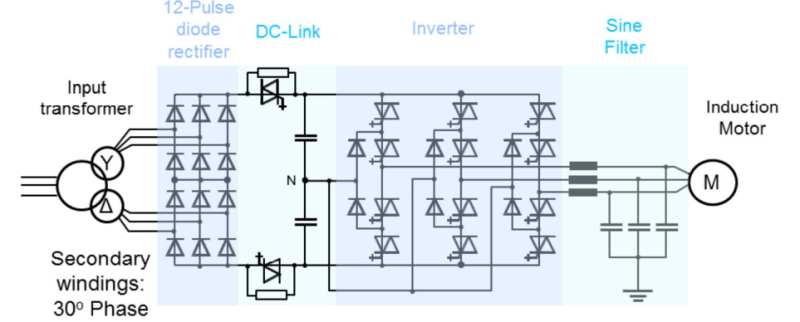EL AABD Jamal
Electrical
- Feb 22, 2017
- 23
Dear All,
What could be the cause of the Neutral point unbalance fault in the inverter while the motor is running at low speed?
For information this is the sequence of events
183.58.3 "NP Voltage "
183.72.1 "AMC: Fault Class 2 "
6.21.7 "INU Tripped "
6.21.19 "INU StopCmd "
9.9.12 "Unbalance NP "
183.72.11 "INT: MCB Trip Req "
6.21.11 "MCB TripCmd "
9.9.0 "TrippLoop "
183.72.0 "AMC: Fault Class 1 "
Thank you in advance
What could be the cause of the Neutral point unbalance fault in the inverter while the motor is running at low speed?
For information this is the sequence of events
183.58.3 "NP Voltage "
183.72.1 "AMC: Fault Class 2 "
6.21.7 "INU Tripped "
6.21.19 "INU StopCmd "
9.9.12 "Unbalance NP "
183.72.11 "INT: MCB Trip Req "
6.21.11 "MCB TripCmd "
9.9.0 "TrippLoop "
183.72.0 "AMC: Fault Class 1 "
Thank you in advance

